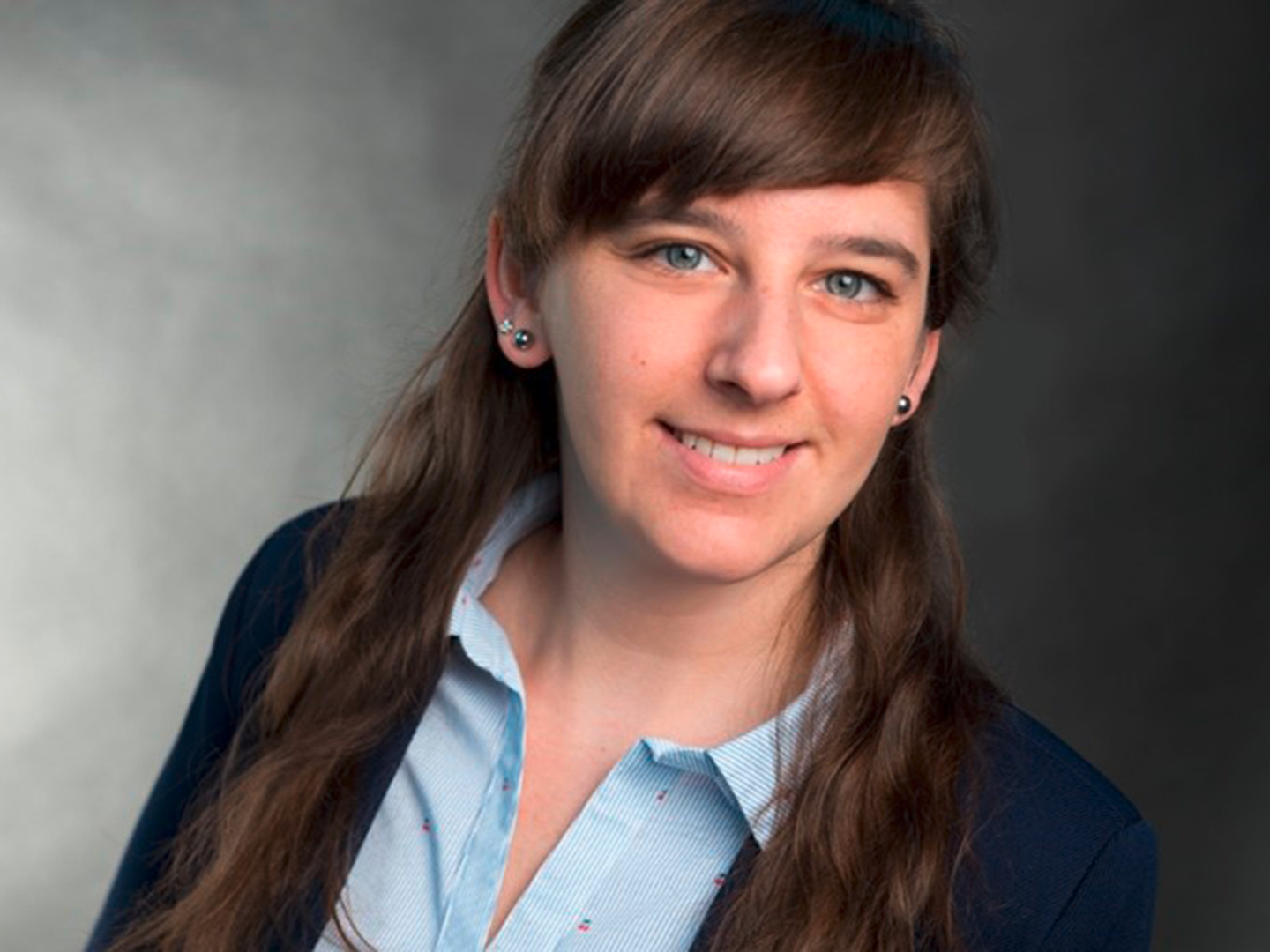…Dr. Corina Pollok from Max Planck Institute for Chemical Energy Conversion
Interview of 23.11.2023

As the coordinator for the analytical work in the project, from this perspective, what has been achieved so far in the Carbon2Chem® joint project?
Corina Pollok: As the coordinator for the analytical work in the Carbon2Chem® joint project, I have contributed significantly to the continuation of the analytical methods developed and validated by my colleagues. We successfully used PTR-TOF-MS (proton transfer reaction time-of-flight mass spectrometry) and micro-GC or GC (gas chromatography) and used them to analyze various carbon streams within the project.
By applying and validating these methods, we were able to make important progress:
1. Detection of gaseous carbon sources: With the PTR-TOF-MS we were able to precisely identify and quantify trace components in both the various industrial and the purified gases.
2. Optimization of processes: The GC enables us to complement the data that was analyzed with the PTR-TOF-MS.
3. Validation of results and reliability: By validating the analytical methods used, we have analytical methods used, we have ensured that the data obtained is reliable and reliable and accurate, which is important for the evaluation and further development of the processes within the Carbon2Chem® project.
My role was to coordinate the application of these methods, to interpret the results and to ensure that they support the project objectives. Through analytical efforts, we have gained important insights that will contribute to the further development and optimization of Carbon2Chem®.
What were the highlights?
Corina Pollok: The collaboration between various project partners is undoubtedly one of the biggest highlights of Carbon2Chem®. The successful co-operation and the different partners from industry, science and research have made it possible to pool a wide range of expertise and work together on innovative solutions for carbon conversion. The synergy effects through the collaboration have significantly influenced the progress and success of the project.
Another highlight is the work on a forward-looking topic. Carbon2Chem® is pursuing the ambitious goal of utilizing carbon dioxide (CO2) and carbon monoxide (CO) as raw materials for the manufacture of chemical products, instead of treating them as waste products. This innovative approach to the circular economy and the sustainable utilization of carbon sources are leading into the development of more environmentally friendly and resource-efficient processes in the chemical industry. The project thus makes an important contribution to the reduction of greenhouse gas emissions and promoting a more sustainable economy.
The combination of a successful partnership and the focus on a forward-looking topic are therefore key highlights that emphasize the importance and potential of Carbon2Chem®.
What were the biggest challenges?
Corina Pollok: The biggest challenges in relation to the analytical work in Carbon2Chem® were manifold, with two main aspects standing out in particular:
1. Extensive amounts of data: The enormous amounts of data generated from the various analytical methods such as PTR-TOF-MS and GC posed a considerable challenge. The processing, organization and interpretation of these extensive data sets required considerable resources and time-consuming analyses.
2. Complex mass spectra: The complex mass spectra, especially from the PTR-TOF-MS, represented a separate challenge. The interpretation of these spectra requires knowledge of chemical processes and reactions to draw the correct conclusions regarding the trace components present.
In addition, the collaboration between different analysis groups and experts required effective communication and coordination to ensure that the analyzed data was consistently interpreted and used to further develop the project results.
What next steps are planned?
Corina Pollok: The next steps in Carbon2Chem® include the integration of Raman analyzers as new analytical tools and the expansion of product stream analyses.
1. Integration of Raman analyzers: The procurement and integration of Raman analyzers is an important step in expanding the project's analytical portfolio. These analyzers use Raman spectroscopy to identify and characterize molecules based on their Raman scattering. Compared to existing GC methods, Raman analyzers offer the advantage of higher time resolution, lower maintenance requirements and can represent an alternative to GC in the long term.
2. Extended analysis of product streams: The planned further analysis of product streams will make it possible to gain a deeper understanding of the chemical products and intermediates generated in the Carbon2Chem® process. By applying Raman spectroscopy and other analytical techniques to these product streams, specific molecules and their concentrations can be analyzed. This can help to monitor the progress of carbon conversion technologies, identify potential improvements, and further increase the efficiency of the processes.
The integration of Raman analyzers and the extended analysis of product streams mark important steps in the development and improvement of the analytical capacities in Carbon2Chem®. These new instruments and analytical methods could not only increase the efficiency of data analysis, but also lead to new insights.
 Fraunhofer Institute for Environmental, Safety and Energy Technology UMSICHT
Fraunhofer Institute for Environmental, Safety and Energy Technology UMSICHT